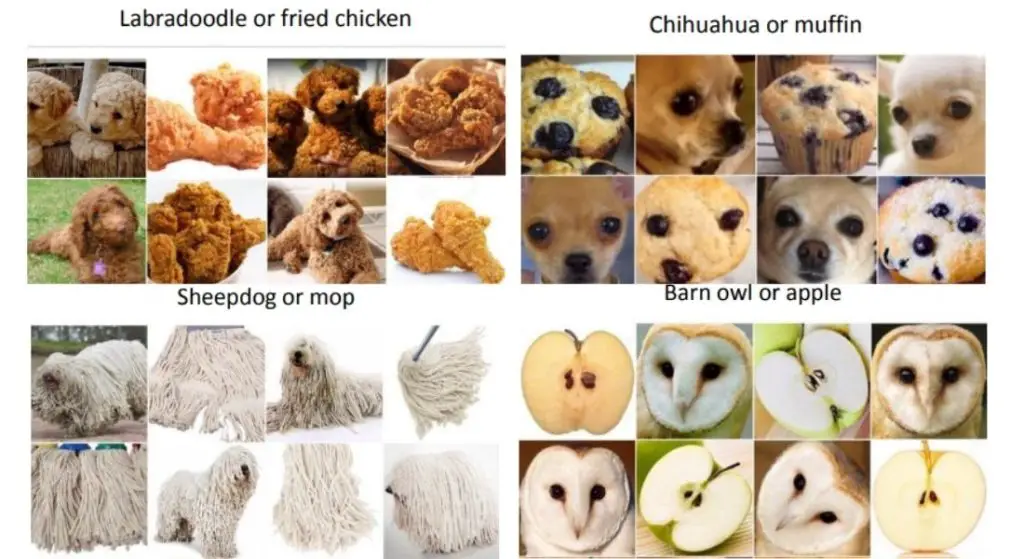Deep learning is a subset of machine learning. It is a field built on self-learning through the examination of computer algorithms. Deep learning works with artificial neural networks, which mimic how people think and learn.
Until recently, neural networks were difficult to use due to computer power constraints. However, advances in big data analytics have enabled larger, more powerful neural networks, enabling computers to monitor, understand, and respond to complicated situations more quickly than ever.
Let’s look at the pros and cons of deep learning. I did some research on this subject and have compiled all the key facts in this article. Let’s have a look at them.
Pros of Deep Learning
Here are some of the advantages of deep learning:
1. There Is No Need to Label Data
One of the main strengths of deep learning is the ability to handle complex data and relationships. You can use deep learning to do operations with both labeled and unlabeled data.
Labeling data may be a time-consuming and expensive process. For example, categorizing photos is a simple operation, but an algorithm needs thousands of images to distinguish between the two.
At times, data labeling may need the opinions of highly competent industry specialists, which is why obtaining high-quality training data might be prohibitively expensive in particular businesses.
2. Effective at Producing High-Quality Results
Once properly taught, a deep learning model can execute thousands of repetitive, mundane activities in a fraction of the time. Unless the training includes raw data that does not reflect the problem, the quality of work never deteriorates.
3. There Is No Need for Feature Engineering
The practice of extracting features from raw data to better define the underlying problem is known as feature engineering. It has a critical role in machine learning since it enhances model accuracy. The approach may at times need domain expertise.
Deep learning’s ability to undertake feature engineering on its own is one of its primary benefits over conventional machine learning methods. A deep learning system will analyze the data for characteristics that correlate and combine them to facilitate quicker learning.
4. The Cost-Effectiveness
Developing deep learning models can be costly, but, once trained, they become feasible for the organization.
The cost of an incorrect forecast or product flaw is an enormous and serious issue in businesses. It frequently outweighs the expenses of developing deep learning models which will avoid these problems.
5. Deep Learning Is Supported in Both Parallel and Distributed Modes
It can take days for a model to learn the parameters that constitute the model. Parallel and distributed algorithms alleviate this issue by allowing deep learning models to be trained considerably more quickly.
Depending on the size of your training dataset and GPU processing capacity, you may finish the training in a day with as few as two or three computers or as many as 20 computers.
6. Scalability
Deep learning is extremely scalable because of its capacity to analyze large volumes of data and cost-effectively conduct numerous calculations.
Deep learning is also capable of handling intra-variability, meaning it can differentiate minute differences in data. This has a direct influence on the productivity, modularity, and portability of the model.
Cons of Deep Learning
Deep learning also has some disadvantages. Here are some of them:
1. Massive Data Requirement
As deep learning systems learn gradually, massive volumes of data are necessary to train them. For example, to achieve the desired results from a voice recognition algorithm, data covering numerous languages, demographics, and time frames are necessary.
While big companies like Google and Microsoft store large amounts of data, which is not feasible for small businesses with solid ideas to do the same. Furthermore, data availability for certain industries may be limited, limiting deep learning in that area.
For example, in the health care industry, rare diseases have fewer data available, making it challenging to get the required amount of dataset for the model to work without flaws.
2. High Processing Power
Another issue with deep learning is that it demands a lot of computational power. High-performance hardwares consist of multicore graphics processing units that require a lot of electricity, making them an expensive investment.
Deep Learning is also a memory-draining process, so we have to allow enough memory space for the model to perform well.
3. Struggles With Real-Life Data
Deep learning models that perform well on benchmarked datasets may struggle when it is applied to real-world datasets.
Consider a deep learning algorithm that learns that school buses are usually yellow. If the buses are painted blue, the model finds it hard to detect the bus. They fail to perform well in an unfamiliar environment like any other algorithms.
Here are some examples of confusing problems that a deep learning model would encounter with real-life data:
4. Black Box Problem
A black box is a device or a system that lets you see the input/output but not the workings in between. Deep learning algorithms also encounter black-box problems, making them hard to debug and understand how they make decisions.
It also leaves the programmers clueless when they try to understand why certain aspects fail. Generally, deep learning algorithms sift through millions of data points to find patterns and correlations that often go unnoticed by human experts.
While it may not be an issue in performing trivial tasks, in cases like tumor detection, the doctor needs to know why the model marked some areas and why it didn’t for others in a scanning report.
Final Thoughts
Deep learning has progressed from being a fad to an essential technology that is being progressively used by a wide range of enterprises.
I hope you understood the key advantages and disadvantages of deep learning. If you are aware of any points I missed out on, please leave a comment below. I will include your informative comments in the article.



Thanks for sharing such good information on the pros and cons of deep learning in a very clear manner. Great post.